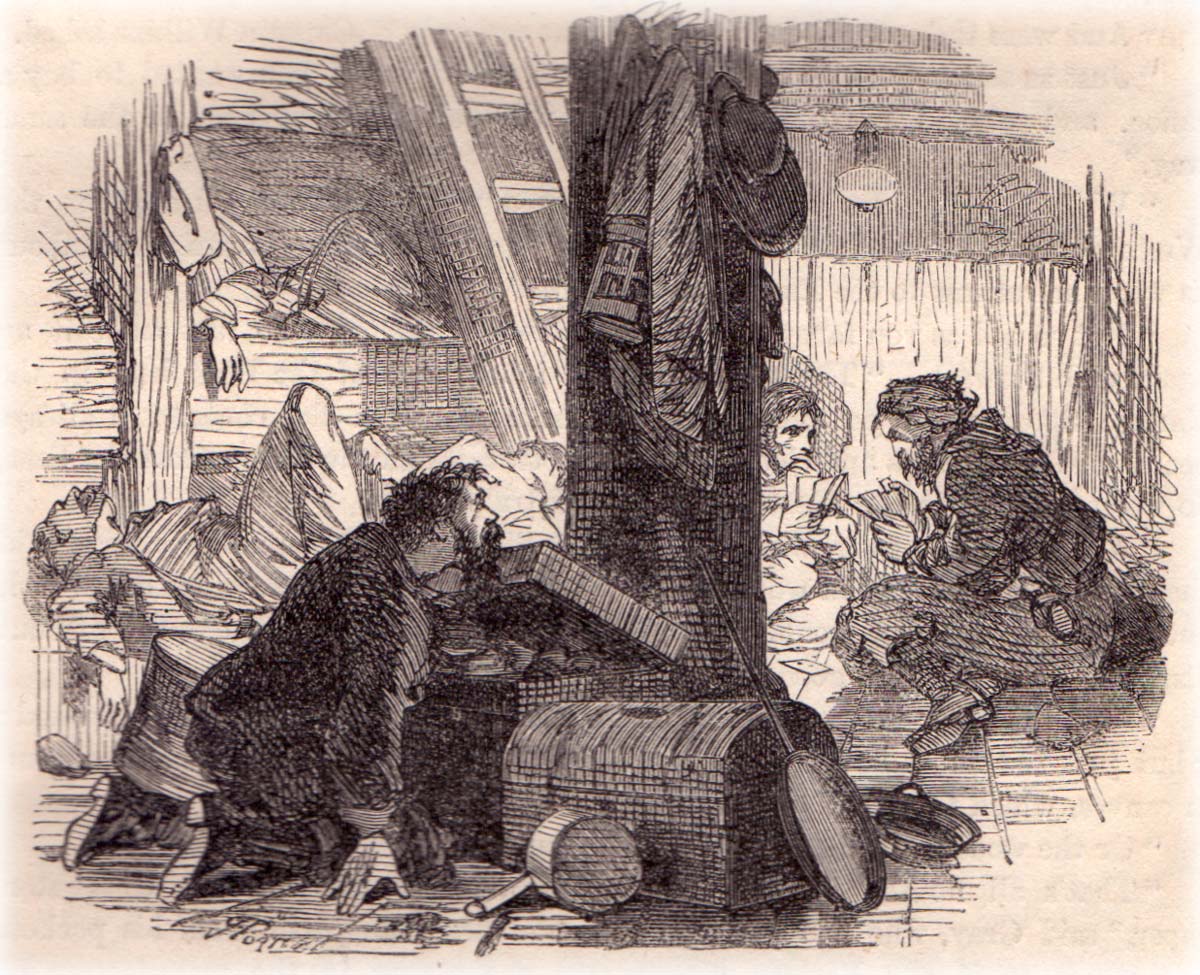History of Baccarat
With the advancement of the Internet, it is now possible to play baccarat in online casinos.
Baccarat is a comparing card game, played between two opposing hands – the player and the banker. The game was first introduced in France in the late 15th Century and was devised by the gambler Felix Falguiere, based on an old ritual. In Etruscan Rome, the Nine Gods prayed to a golden-haired virgin who cast a nine-sided die at their feet; the number she threw determined whether she was crowned a priestess, or whether she was to walk into the sea.
Baccarat was designed with a similar partition of the numbers, where the fate of the gambler was determined by their hand. Each card has a different value, and the highest possible hand value is 9. A card or a hand with a value of zero is known as ‘a baccarat’.
Where once baccarat was a game exclusively played by the French elite, it eventually filtered down into casinos and became a popular game amongst many gamblers. With the advancement of the Internet, it is now also possible to play baccarat in online casinos such as Ladbrokes. Baccarat often attracts wealthy players, and separate rooms for high rollers are usually available in both real and online casinos.
Over time, different variations of the game have been developed, including the popular punto banco, chemin de fer and baccarat banque versions. Where punto banco is a game of chance - dictated by the cards dealt to the player - in both chemin de fer and baccarat banque, strategy and skill play a part; although the odds are still in favour of the banker.
Punto banco is the game played in the majority of casinos, where the casino banks the game at all times and both hands are dealt according to fixed drawing rules. If neither the player nor the banker is dealt a total of 8 or 9 in the first two cards, the game continues with either the player or the banker drawing a third card according to the rules (tableau). The croupier then announces the winner and bets paid.
Chemin de Fer, meaning ‘iron road’, was the original version of the game, and was named as such because the cards were placed in an iron box. Players sit in a random order, and take turns to shuffle the cards before the start of the game. Each player takes a turn as the banker, and after wagers are made, the banker deals two cards to himself, and two held in common by the other players.
As with punto banco, if neither the players nor banker has an 8 or 9, they can decide whether to accept or refuse a third card before the hands are compared and wagers paid out. The bank passes to another player when the banker loses, whereas in baccarat banque, the banker holds office until all cards have been dealt, or he retires the position voluntarily. Another difference is that rather than all players holding the cards in common, the table is split into two sides, playing against both each other and the banker.

Above: "...in one corner there sat, by the pale light of an almost expiring tallow candle, two men playing cards, with the silent, earnest manner of those whose happiness or ruin depends on the chances of the coloured pieces of paper."

By Simon Wintle
Member since February 01, 1996
Founder and editor of the World of Playing Cards since 1996. He is a former committee member of the IPCS and was graphics editor of The Playing-Card journal for many years. He has lived at various times in Chile, England and Wales and is currently living in Extremadura, Spain. Simon's first limited edition pack of playing cards was a replica of a seventeenth century traditional English pack, which he produced from woodblocks and stencils.
Related Articles

Mohegan Sun playing cards
Mohegan Sun playing cards published by Gemaco for Mohegan Sun casino.

Ladbroke Sporting Casino
Ladbroke Sporting Casino caricature cartoon playing cards, U.K, c.2006.

A New Look at the Evolution of Whist Markers and Gaming Counters
This article aims to illustrate the evolution of whist and gaming counters from the 18th century to ...

Poker Quest
Poker Quest: edition spéciale, 400e anniversaire de la ville de Quebec, Canada, c. 2008. ...

Poker Patience
Poker Patience, according to an early 20th century author, was "introduced so recently as the autumn...

Russian Playing Card History - From the Beginnings to 1917
An in-depth review of the history of card-playing, gambling, legislation, manufacture and taxation o...

Atlantis, Paradise Island, Bahamas
Atlantis Paradise Island Hotel casino playing cards.

The Most Popular Card Games in Casinos
The Most Popular Card Games in Casinos by Katelyn Oakley.

Diaoyu Poker 8068
8068 by Diaoyu Poker (China) 2019.

Gambling and Vice in the Middle Ages
Gambling and Vice in the Hours of Charles V: card-playing in the local tavern

Hanky-Panky
Hanky-Panky poker card game, California, c.1975.

Caesars Palace®
‘Aristocrat’ Casino Cards with special courts for Caesars Palace® by USPCC 2006.

Adelaide Casino
Adelaide Casino by Spicers Paper Ltd, 1987.

Hidden meanings in painting by Jheronimus Bosch
Medieval View of Gambling in the ‘Garden of Earthly Delights’ by Jheronimus Bosch

The Traveler’s Companion
The “Traveler’s Companion”, Union Playing Card Co., New York, c.1886.

Poker Nº 505
Heraclio Fournier ‘Poker Nº 505’ for export to Argentina with elaborate peacock joker, c.1960.
Trending Articles
Popular articles from the past 28 days

